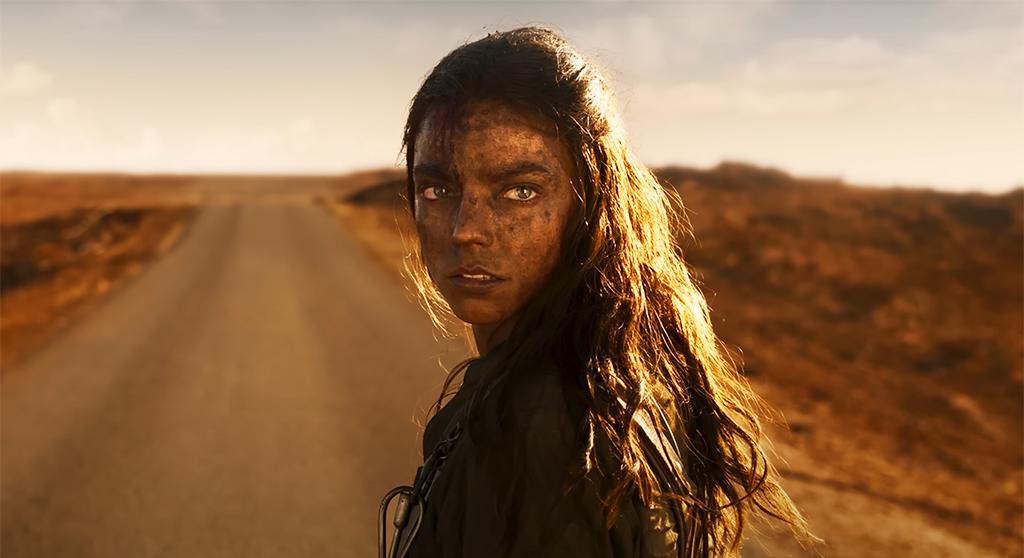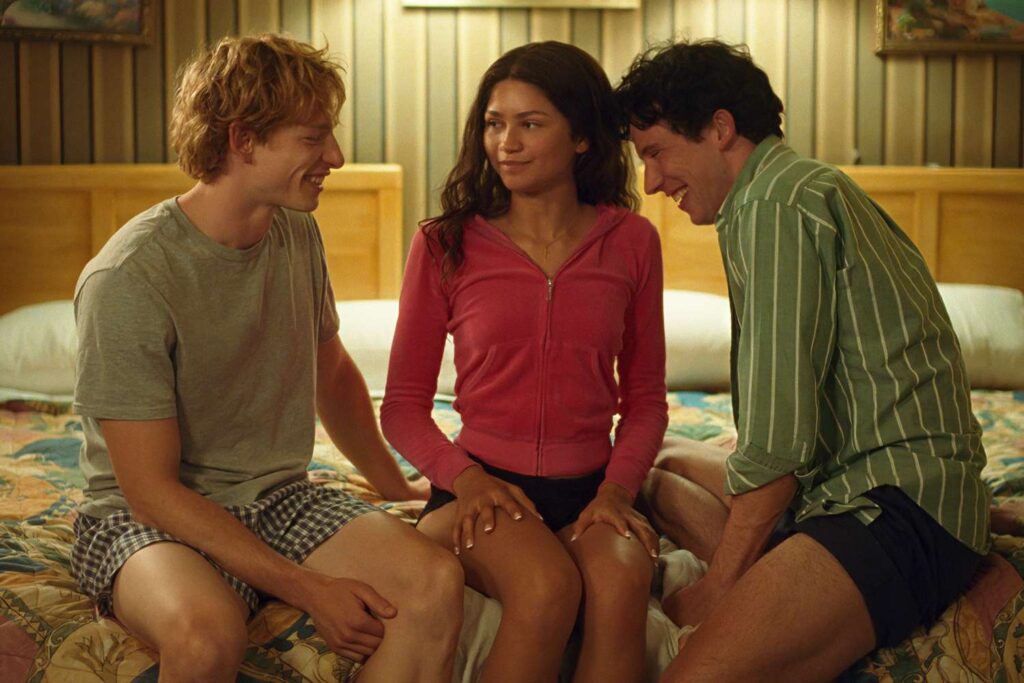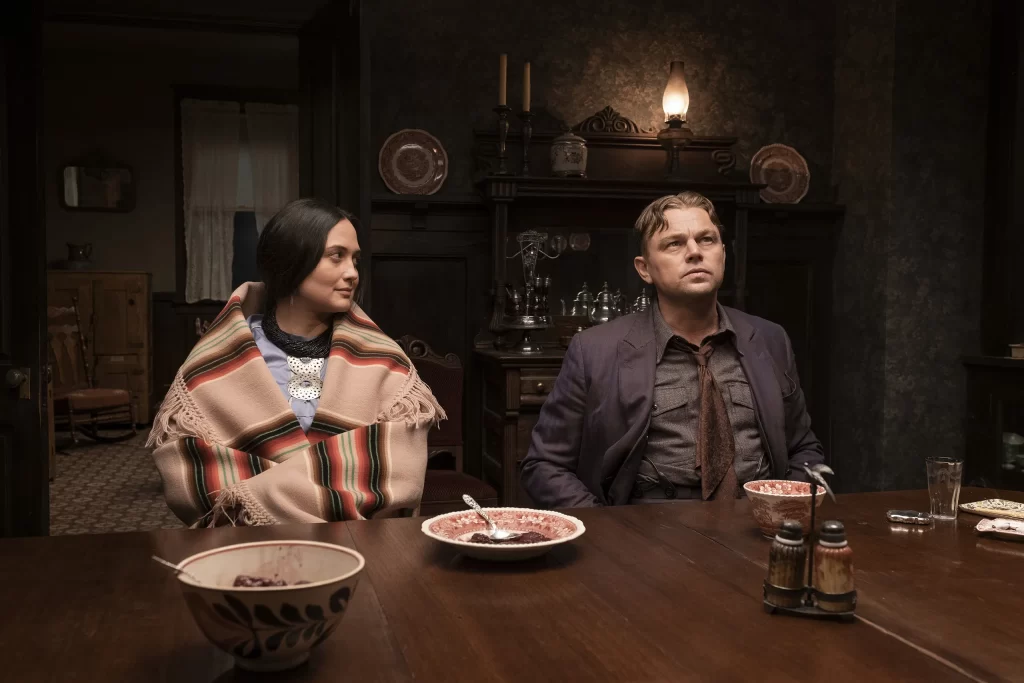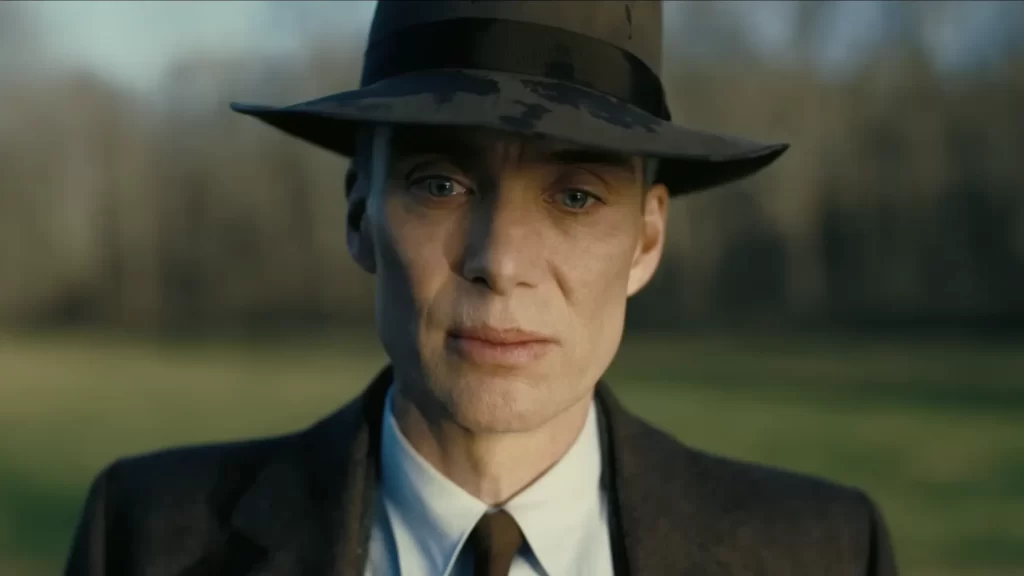Furiosa, a Mad Max Saga: Witness Glee

We often talk about directors playing around in a metaphorical sandbox, but George Miller uses the most actual sand. The Australian auteur has made an impressive variety of pictures—a sick-kid melodrama, an animated penguin musical, a mythological whatsit about a narratologist and her djinn—but he’ll forever be associated with the Mad Max films, those apocalyptic action epics where he wanders into the desert and smashes his million-dollar toys into bits. It isn’t quite that Miller keeps making the same movie over and over—more that he keeps finding new ways to reignite the simple, cathartic charge of vehicles speeding across the screen and bursting into flames. Furiosa represents his fifth such effort, and whether or not it’s his best (must our infernal culture always rank things?), it’s proof that he’s gotten awfully good at blowing things up.
In quantitative terms, Furiosa is a less herculean effort than its immediate precursor, Mad Max: Fury Road, which achieved cinematic immortality for its wall-to-wall (dune-to-dune?) automotive carnage. I remain a modest dissenter to Fury Road’s reception as a modern masterpiece—for all its brawny magnificence, it’s deficient in terms of theme and character—but I admire it for its bravura skill and relentless momentum; aside from a brief (and fairly dull) interlude by a desolate tree, it’s essentially one long, exhilarating car chase. Structurally, Furiosa is more conventional, using rip-roaring set pieces as exclamation points as it unspools a fraught, sprawling narrative. Yet conceptually, it’s far more ambitious—spanning decades instead of days, adopting a Tarantino-esque blueprint (five numbered chapters), and interrogating the ecstasy and futility of vengeance. Read More




